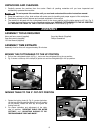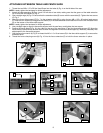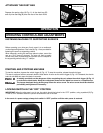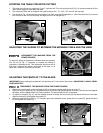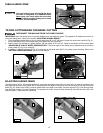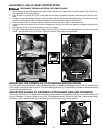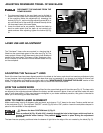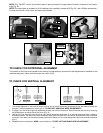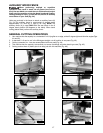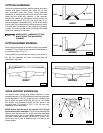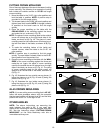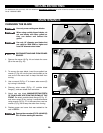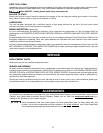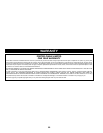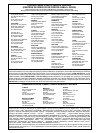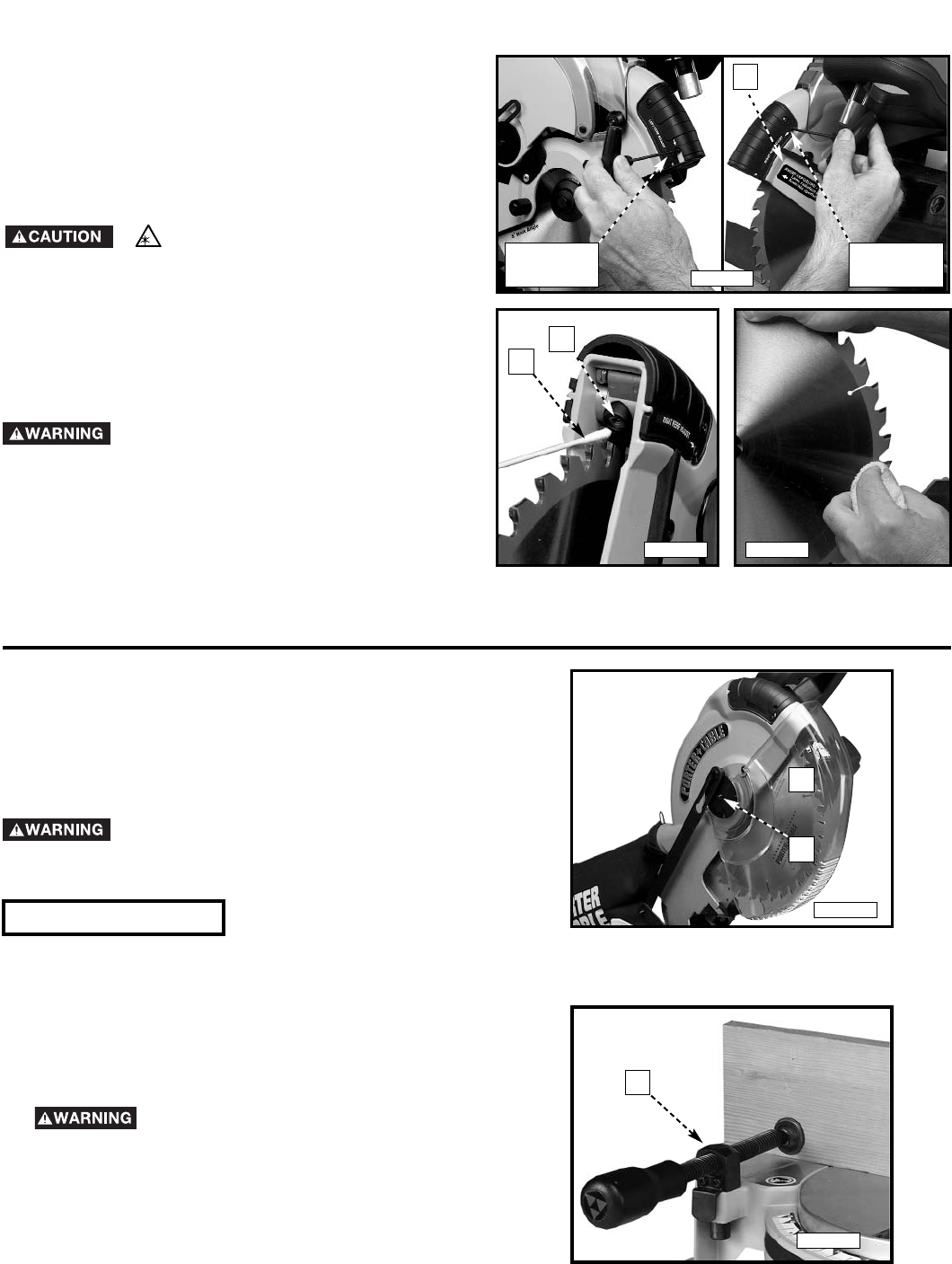
16
1. Carefully clean sawdust from each laser lens (A) Fig. J with
a cotton swab (B). Do not use solvents of any kind since
they may damage the lens. Avoid touching sharp points of
the saw blade with your hands or fingers. Dust build-up can
block the laser and prevent it from accurately indicating the
line-of-cut.
2. Remove the blade from the saw and clean pitch build-up from the blade (Fig. K) Pitch build-up can block the laser and
prevent it from accurately indicating the line-of-cut.
16
ADJUSTING LOWER BLADE GUARD
After an extended period of use, the movable lower blade guard
(A) Fig. 32 may not operate smoothly when the cuttinghead is
lowered. You can correct this by adjusting the nut (B) until the
lower blade guard (A) moves freely
.
Do not over-tighten the nut as this can make
the guard hard to move.
A
B
MACHINE USE
Fig. 32
LEFT LASER
ADJUSTMENT
SCREW
Fig. H
TO SET LEFT and RIGHT KERF ADJUSTMENT
RIGHT LASER
ADJUSTMENT
SCREW
L
A
B
Fig. J
Fig. K
1. Use the 1/8" hex wrench to turn the left or right kerf
adjustment screws and set the laser lines to either side of
the test cut (Fig. G). To adjust the left line, turn the left kerf
adjustment screw counter-clockwise to move the line
toward the blade and clockwise to move the line away from
the blade. To adjust the right line turn the right kerf
adjustment screw counter-clockwise to move the line
toward the blade and clockwise to move the line away from
the blade. (Fig. H)
Observe the laser CAUTION label (L)
Fig. H.
2. Remove the padlock and use the saw normally.
TwinLaser
™
MAINTENANCE
For best laser performance, perform the following maintenance
regularly:
DISCONNECT THE MACHINE FROM
THE POWER SOURCE.
TYPICAL OPERATIONS AND HELPFUL HINTS
1. Before cutting, make certain the cutting arm and table
are at their correct settings and firmly locked in place.
2. Place the workpiece on the table and hold or clamp it
firmly against the fence. Fig. 33 illustrates the work
clamp (A). The clamp (A) can also be used on the right
side of the machine.
3. If the position or size of the workpiece
causes your hand to be in the “Hazard Zone”, use
the work clamp to secure the workpiece. Keep your
hands out of the “Hazard Zone”.
4. For best results, cut at a slow, even cutting rate.
5. Never attempt freehand cutting (wood that is not held
firmly against the fence and table).
Fig. 33
A



